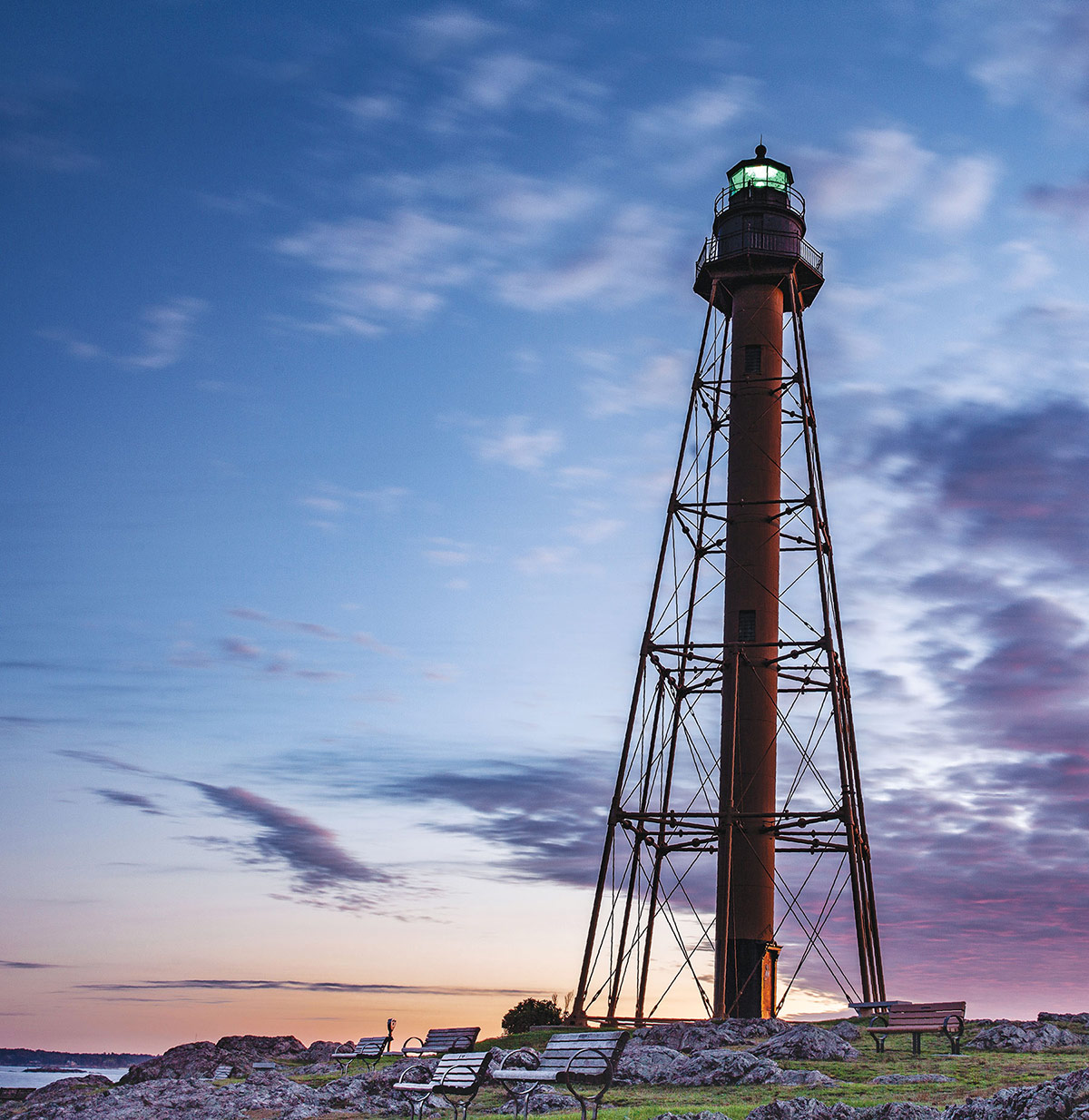Even those not from the North Shore, or Massachusetts for that matter, have probably heard the expression, “Dawn breaks on Marblehead.” That might be all they know about the peninsula accessible only through Salem, Swampscott, and the Atlantic Ocean. It refers to part of the eastern seaboard that is the first to receive the day’s light. But Marblehead is known for so much more than a longitude point on the globe; it brims with a long history and culture in the making of our country.
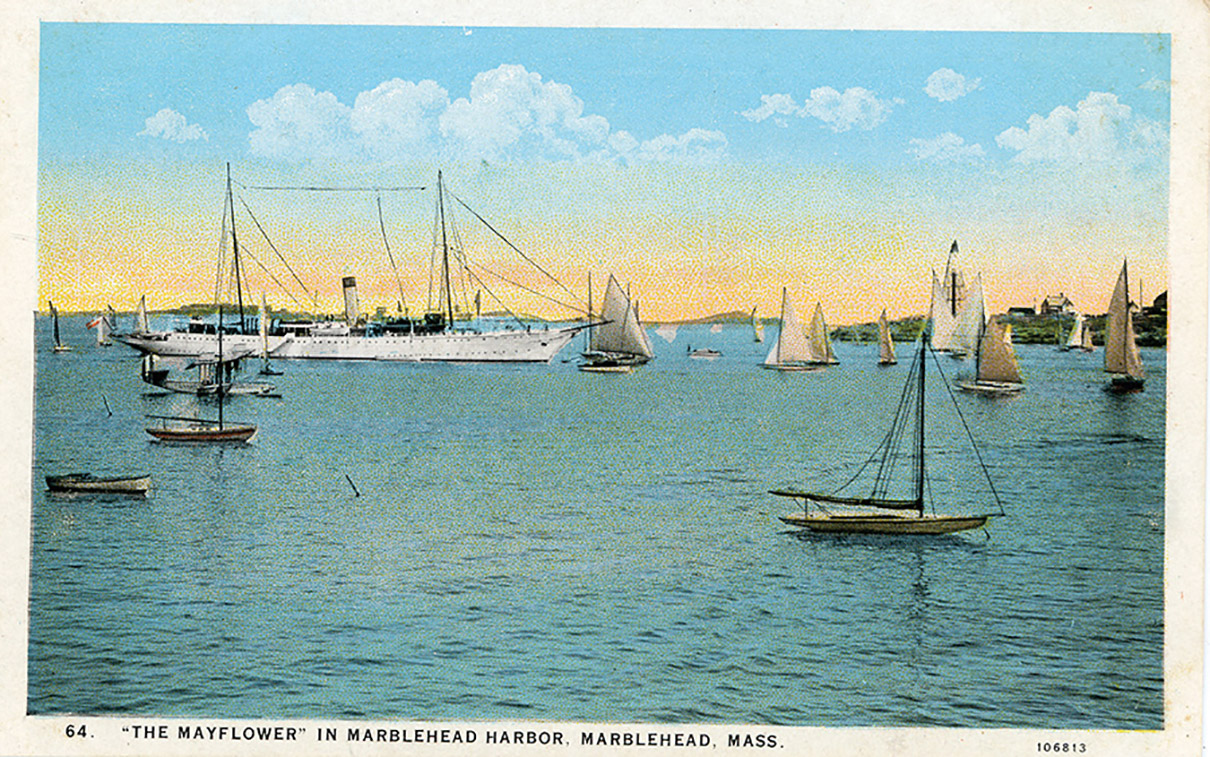
With a population just under 20,000, Marblehead, located 17 miles north of Boston, attracts tourists from around the world throughout the summer—when we are not living through a pandemic, of course. Settled in 1629, the town played a pivotal role in the founding of the nation.
A must-visit for history buffs is the Marblehead Museum, which includes three sites within walking distance of each other in the historic district: the J.O.J. Frost Gallery, the Jeremiah Lee Mansion (one of the finest examples of Georgian architecture that still exists in the United States), and a permanent Civil War collection located in the meeting room for the Marblehead Post #82 of the G.A.R. (Grand Army of the Republic).
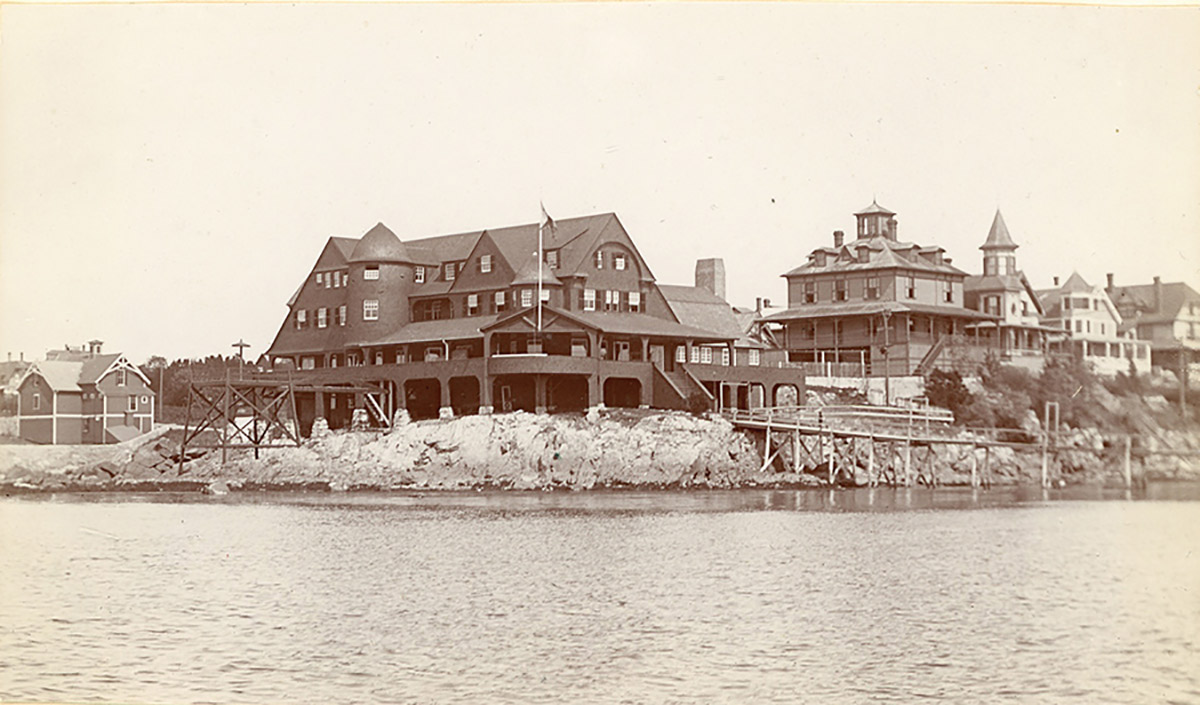
According to its executive director, Lauren McCormack, the museum highlights four centuries of Marblehead history, which includes the Revolutionary and Civil Wars. “Marblehead lived several lives throughout its diverse history,” McCormack notes. “It began as a fishing town, then it became a mercantile hub. In the mid-19th century, the shoe industry took over before it became the yachting capital of the area.”
Speaking of history—the town’s motto is Where History Comes Alive—Marblehead claims to be the birthplace of the American Navy. It shares that title with Beverly, its neighbor across Salem Sound. Historians clash over the true biological mother of the nation’s blue-and-gold armada. The debate centers on the schooner Hannah, which George Washington, then general and commander of the Continental Army, commissioned on September 2, 1775, as our first maritime vessel to fight the British. Massachusetts State House reporter Christian M. Wade captured the crux of the dispute in two sentences: “The Hannah was owned and manned by Marblehead residents. It was modified and launched in Beverly.”
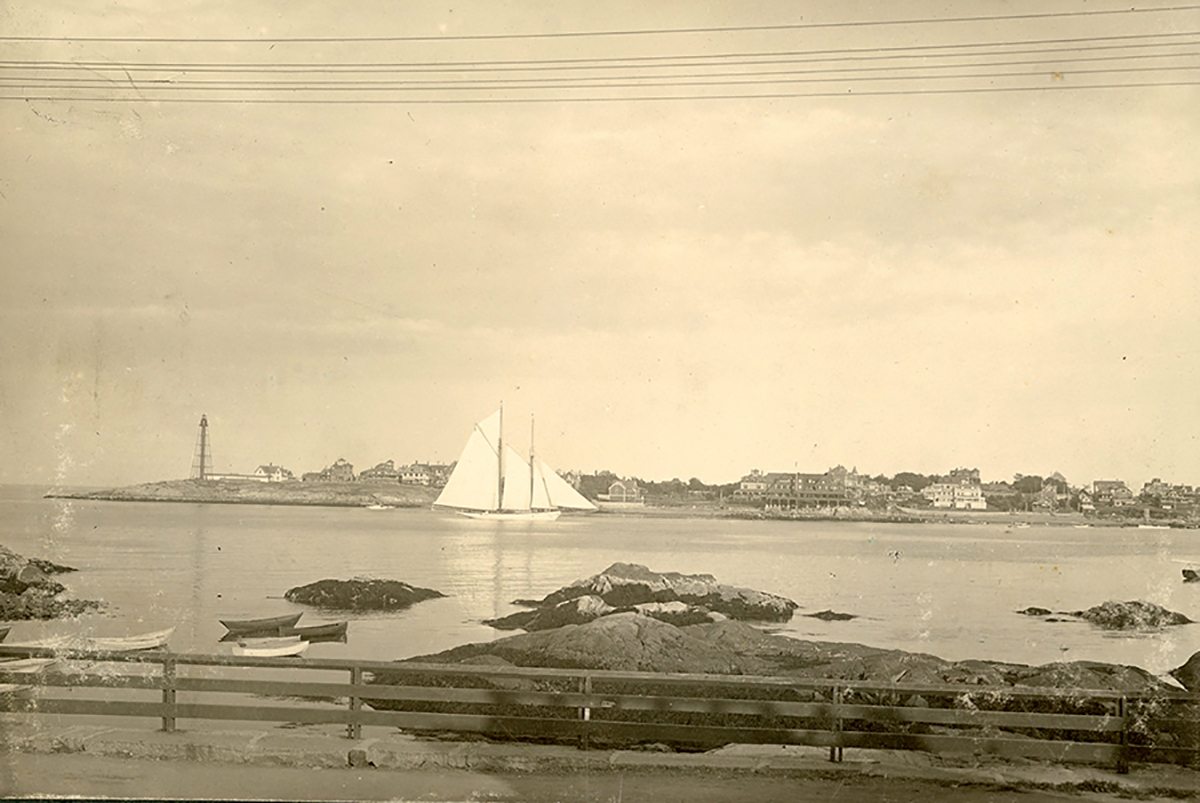
Being one of the more affluent North Shore communities, it is no surprise that the coast of Marblehead brims with yacht clubs. In fact, boats are designed and restored, and sails are still made in this village. During the summer, residents and visitors can dock their vessels at the Marblehead, Corinthian, Eastern, Boston, Dolphin, or the Pleon yacht clubs. Most of these clubs began by small groups of wealthy gentlemen seeking to gather like-minded boating aficionados. Although Marblehead Yacht Club dockmaster Bill Kilham boasts that they have “the friendliest folks in town,” Boston is the oldest yacht club not just in Marblehead (it was organized in 1866), but in all of New England. Like other yacht clubs, it is available for dining and private functions. It also houses a 13-room hotel for members and guests.
According to official town historian, Don Doliber, Marblehead became the yachting capital of the region for several reasons. One being the town’s location between Boston to the south and elite communities to the north, such as Beverly Farms and Manchester. “Marblehead also has a rich history and tradition of coastal and international trade to Europe, the West Indies, and South Africa,” Doliber states. More than anything, though, the beauty of the harbor has attracted recreational boaters for generations.
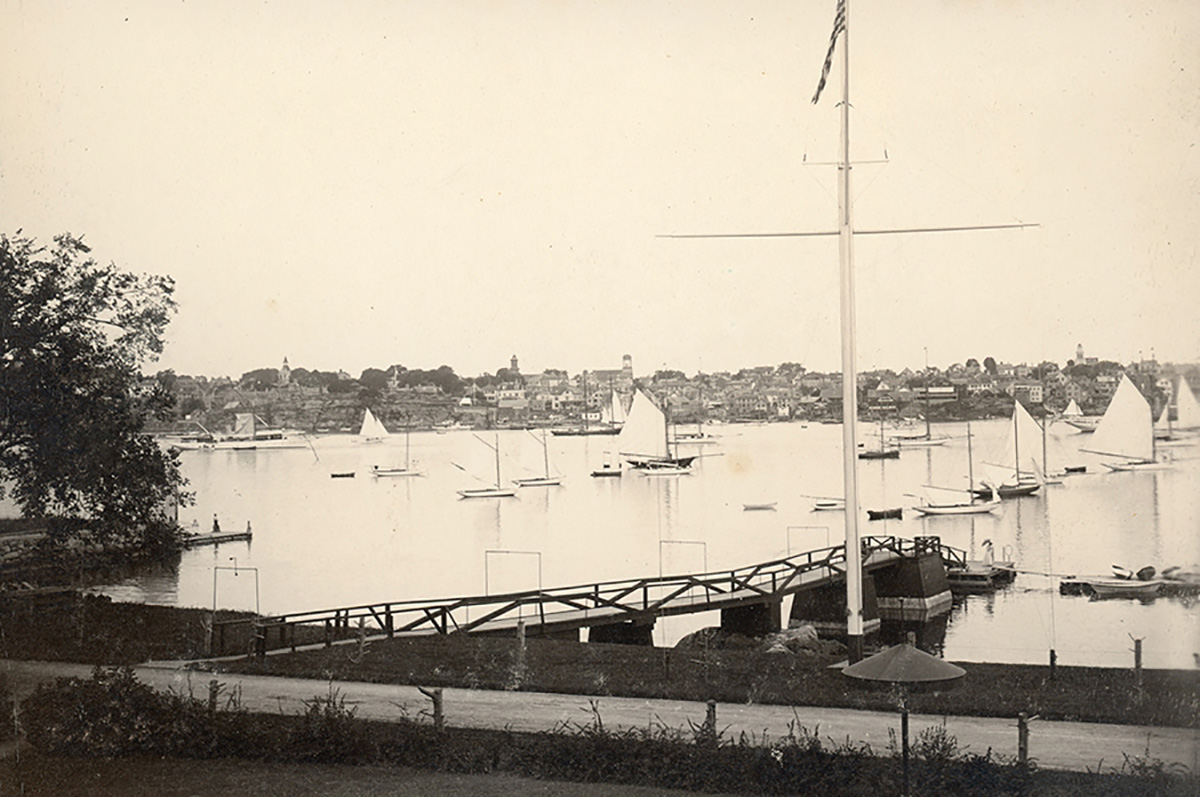
For the foodie, the town is filled with a variety of eating houses with fare ranging from the quick-and-simple to the elegant. Among the local favorites is The Landing, located adjacent to the docks where it procures daily catches. Favorites from the kitchen of chef Stephen James include the swordfish Mediterranean and the lobster mac and cheese. The bar offers a host of delectable rum cocktails as well as ice-chilled draughts.
Devotees of live performances can catch one of almost a dozen annual productions at the Marblehead Little Theatre (MLT), rated one of the 50 best small-stage playhouses in America. Julie Menard, president of the board of directors, has been with the troupe since 2009 and has seen the playhouse, formerly a firehouse, come from its former shell to the multipurpose black box theatre it is today. Her hope, especially once the COVID-19 pandemic ends, is that “patrons can leave their problems outside and see the theatre as a respite.” MLT appeals to a wide audience offering what Menard calls “a diverse palate of productions for all tastes.”
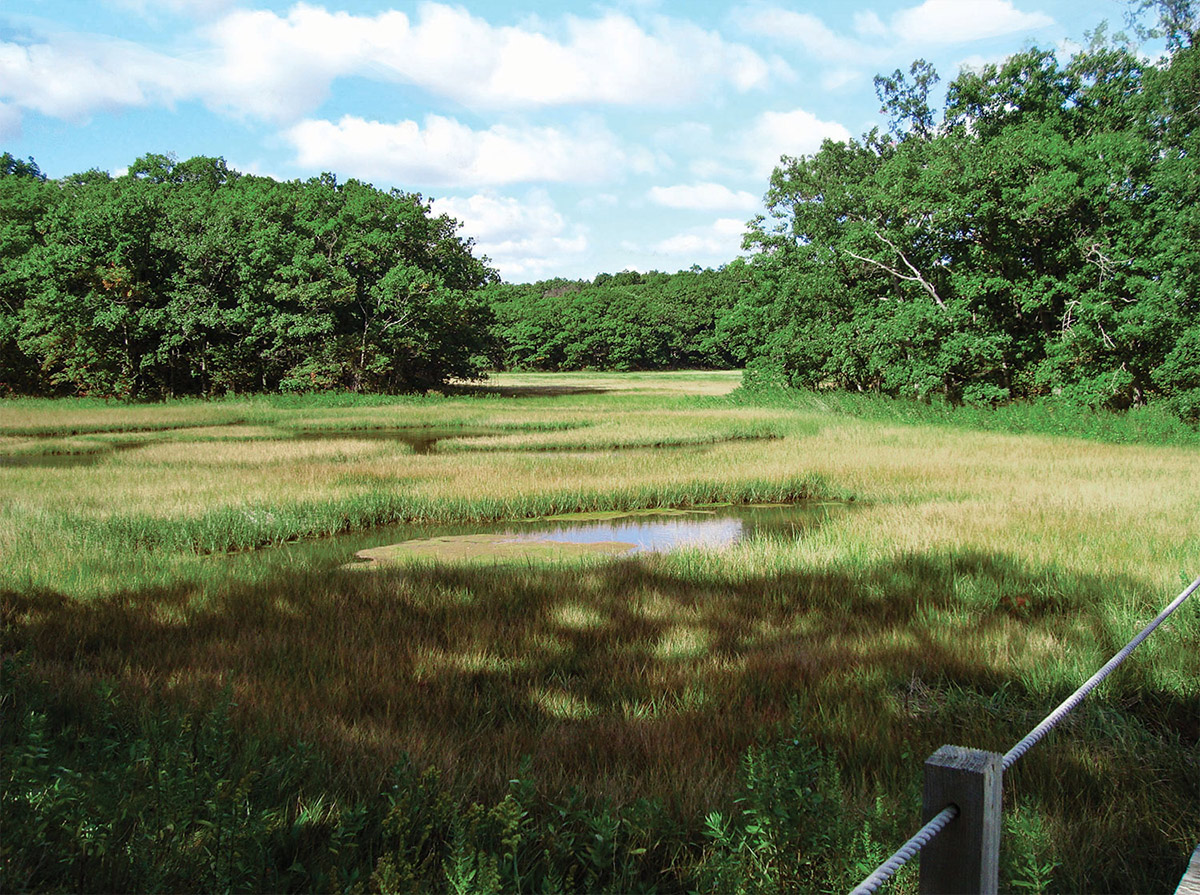
Marblehead is the quintessential New England town. Walking its meandering lanes and side streets (some of them former cow paths) one feels the lure of an unhurried time. From the architecture, to the gravestones that mark the resting place of 600 Revolutionary War soldiers in the Old Burial Hill cemetery (one of the oldest graveyards in New England), to the elegant Harbor Light Inn, to Wayne George’s F.L. Woods nautical clothing boutique, to Fort Sewall overlooking the 1835 lighthouse in Chandler Hovey Park, to the white sails that fill the harbor, Marblehead is a picturesque town from another era.
The Details
Date of Settlement
1629
Date of Incorporation
1649
Area
19.6 square miles
Population
19,808
Zip Code
01945
Median Household Income
$115,500
Notable Residents
Playwright Eugene O’Neill, actress Estelle Margaret Parsons, American investor Peter Lynch, hockey player and winner of the Stanley Cup Shawn Kenneth McEachern, architectural critic Ada Louise Huxtable, inventor Joseph Dixon

